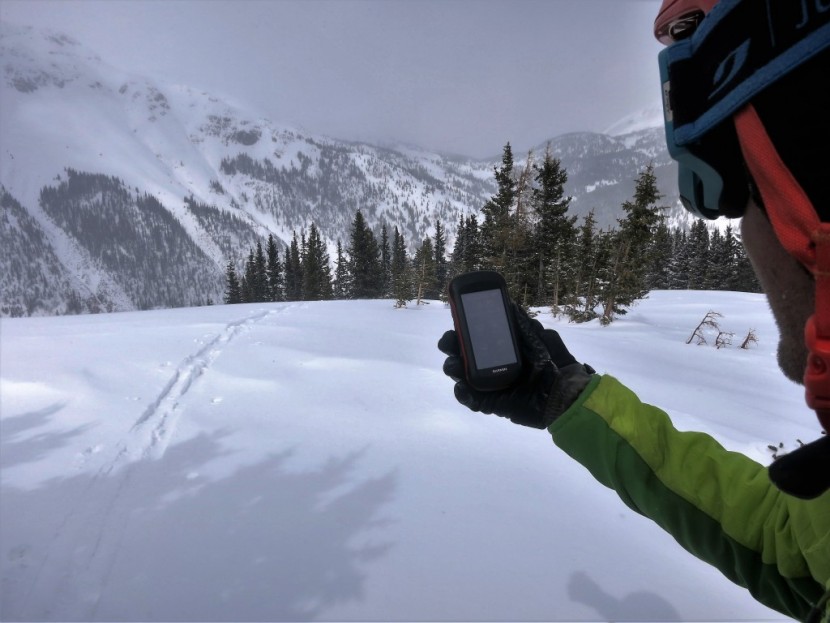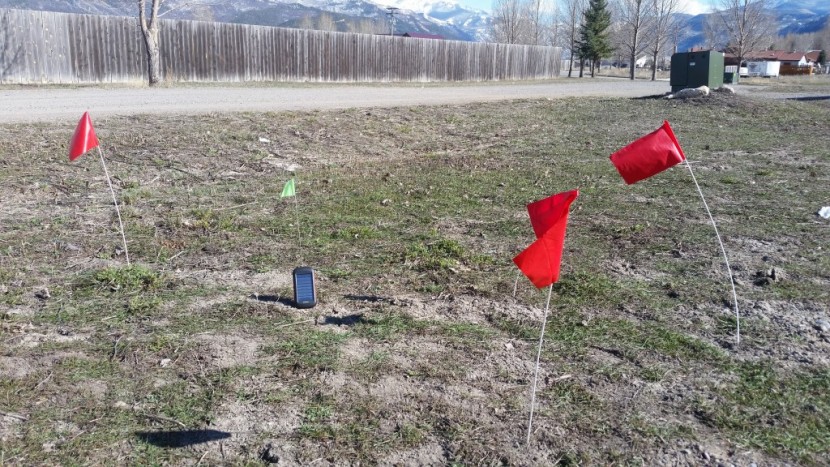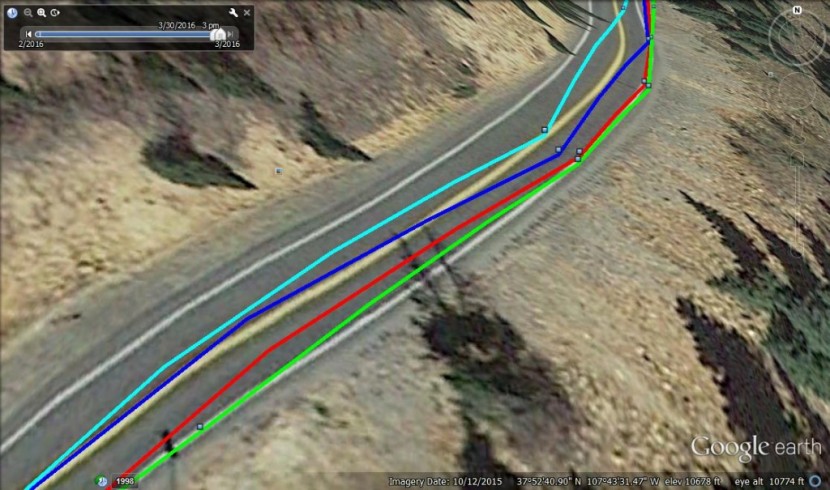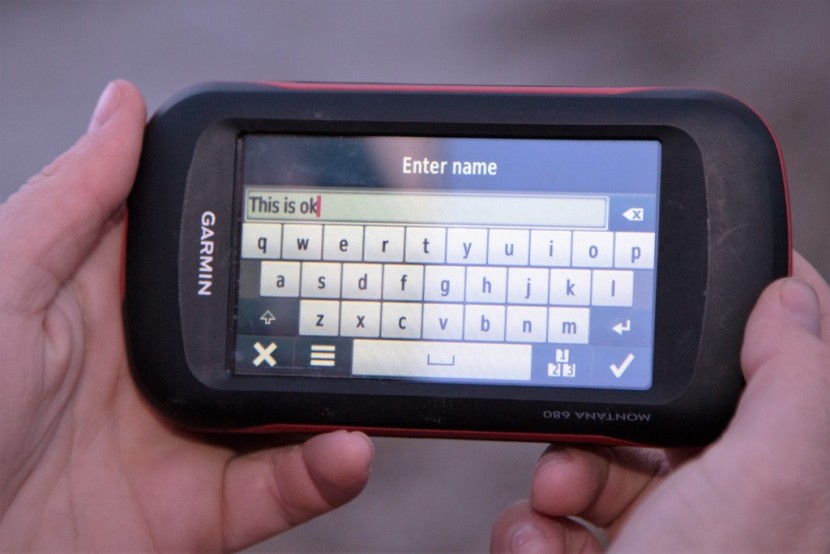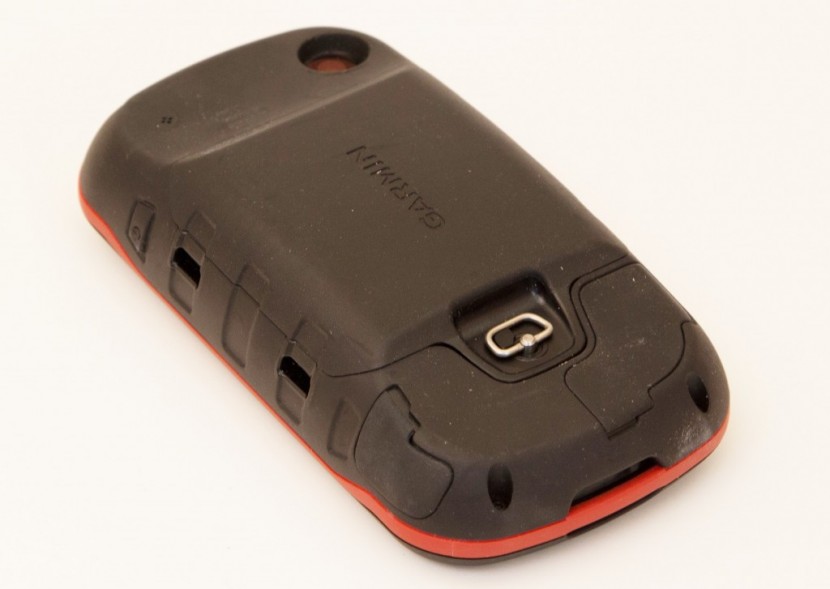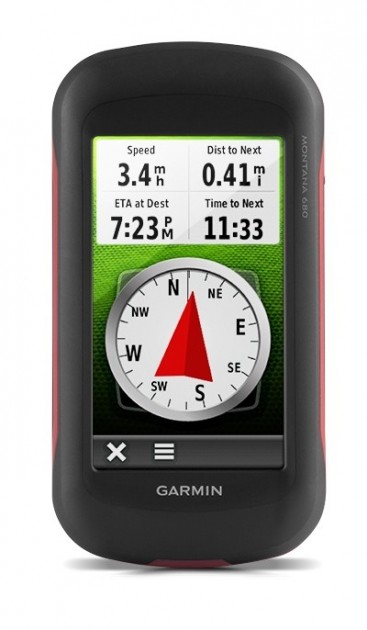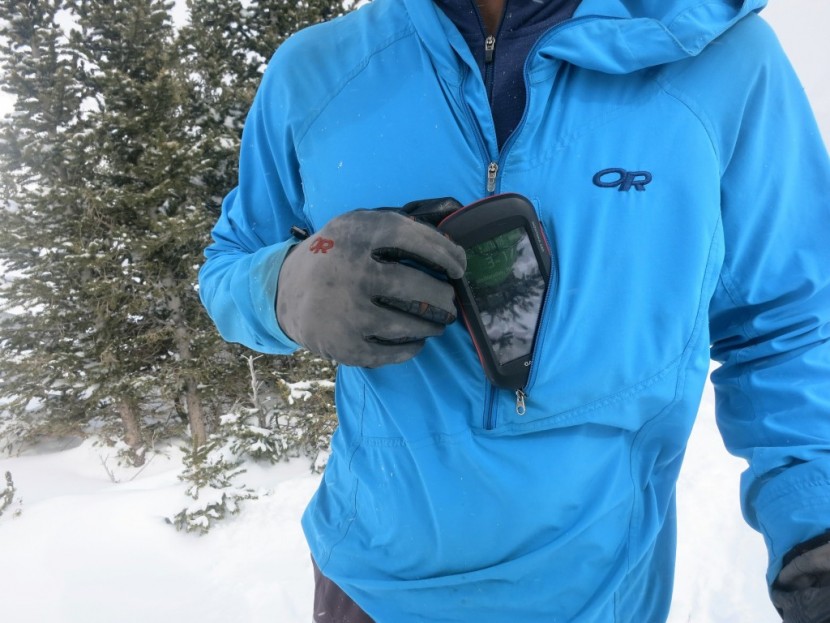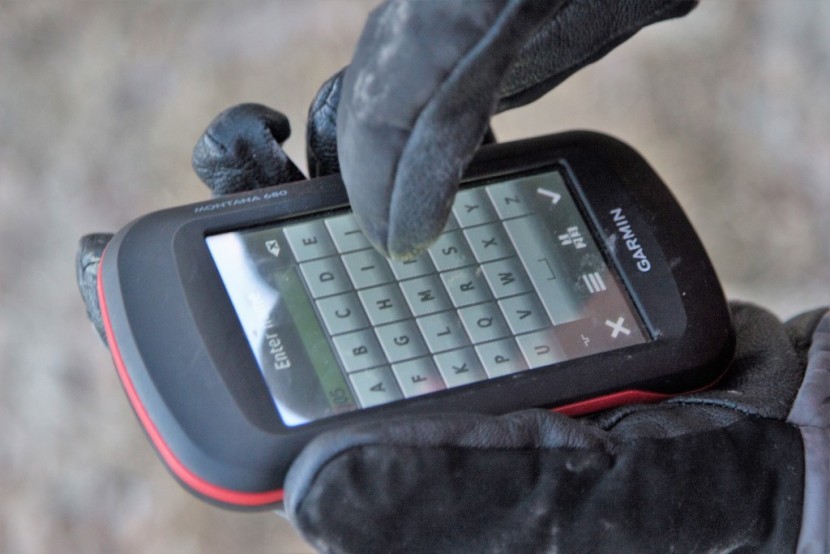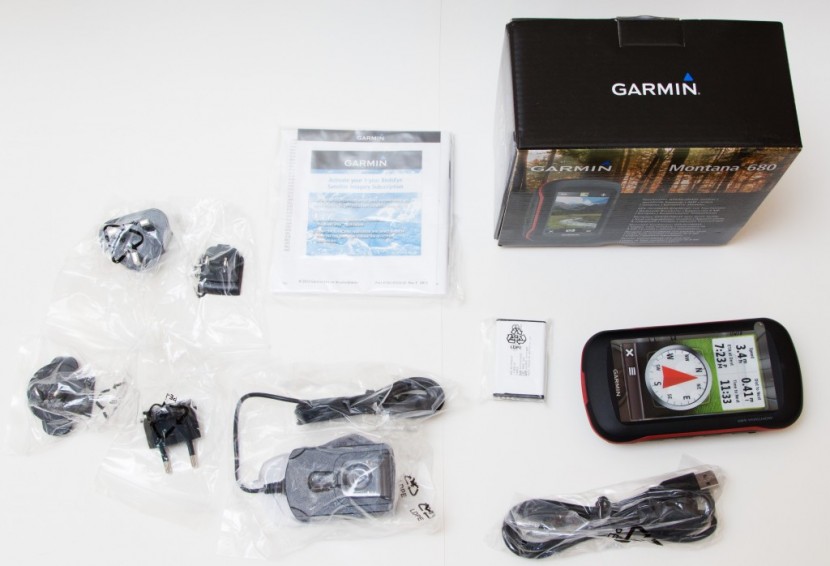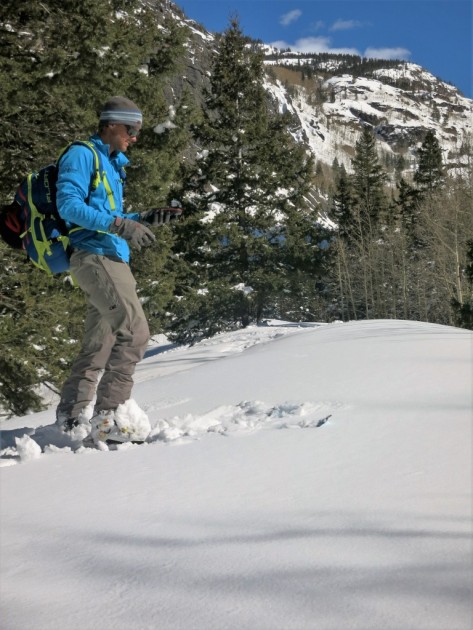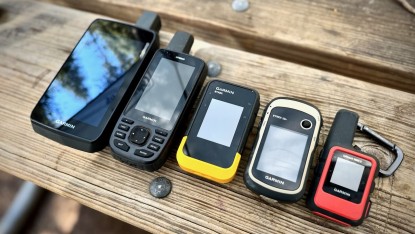Garmin Montana 680 Review
Our Verdict
Our Analysis and Test Results
The Garmin Montana 680 proved to be our most powerful device, featuring a large screen, mounting options, easy to use interface, and 8 MP camera with incredible reception. It's also big and heavy.
Reception
Utilizing a high sensitivity receiver, the Montana 680 picks up both GLONASS and GPS networks with WAAS compatibility. When testing in deep canyons, high mountains, and covered areas, it was always fast to lock on a location. It maintains a recorded accuracy within eight feet in both open and covered areas. In our tests, we set a waypoint and tried to navigate back to it. On average, the Montana put us within 40 inches of the initial waypoints.
We also double-checked our hypothesis by walking an area of 7000 square feet. Using the area calculator function, the Montana calculated the area to be 7080 square feet. The rest of the units calculated square footage to be between 7309 - 7769. What does this tell us? This unit is pretty darn accurate.
Display Quality
The dual orientation color display features the largest screen of all tested. Due to its size, it's perfect to use as a navigation system for automobiles, motorcycles, and ATVs. No other unit was as easy to use while driving.
Even though the screen size is great, we found it produced more glare than smaller units with similar quality screens. That said, its screen quality was much better than units with plastic screens.
Ease of Use
The interface of this unit is similar to any other Garmin handheld. There is only one push button on the side for power, while the rest is completely touchscreen.
Similar to all other touchscreen devices, you must use the touchscreen as a keypad to enter waypoints and other information. We did like the big display and easy-to-use menu format that some of our novice users thought was pretty simple. In comparison to the rest, we thought this was the second easiest unit to use for the complete beginner.
Speed
The Montana 680 was the fastest of all units tested. Instead of waiting for short pauses when redrawing maps, the unit was flawless and took no time to respond. When comparing the electronic compass on all units with this feature, we noticed the Montana's compass did not stick or lag. We could follow our tracks from one place to another very easily.
Weight and Size
Our testers were not thrilled about the weight and size of this handheld GPS. Able to fit into only large pockets, this unit is bulky and heavy.
One of our testers brought this unit up to Alaska. With a limited number of days in the range, she decided not to take this unit out on a long tour because of its 10.3 oz weight. All testers agreed this was better for day hikes and not recommended for long excursions.
Versatility
We did like the versatility of this device. Many add-ons like an 8 MP camera and several mounting options make it perfect for a wide range of activities. We loved the idea of taking a picture for a waypoint instead of spending the time to type in descriptions. We thought this would be especially helpful for large groups who like to share waypoints and navigational information.
Furthermore, this unit worked well with light gloves in gnarly weather — an added bonus for the times you get caught out on day-long hikes, fishing, or hunting trips. It was harder to use with thick gloves but better than most given the large screen size. It is not our top choice for long backpacking trips due to its heavier weight.
Value
This device is expensive. Even though it has many great features, it doesn't have that many more features than many of the more reasonably priced units. Overall, it's a great unit, just one that carries a very high price tag.
Conclusion
The Montana 680 is a powerful handheld device. It scored high in all categories but lost points for its large design and high price tag.



